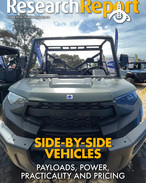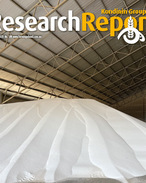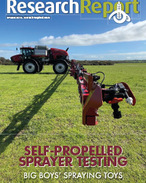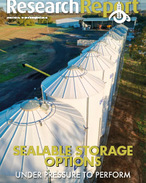This article is 8 years old. Images might not display.
Discovered in the Joondalup Nature Reserve, in Perth’s northern suburbs, the declared weed was reported to the Department of Agriculture and Food and subsequently removed by City of Joondalup staff.
Noogoora burr has the potential to significantly impact agricultural industries, meaning this discovery was an important one.
“Young seedlings are poisonous to livestock and established weeds can cause significant reductions in crop and pasture production, while the plant’s burrs can contaminate wool,” Department biosecurity research officer Sandy Lloyd said.
“The burrs, which carry seeds, are capable of floating on water, enabling the weed to spread quickly along riverbanks and waterbodies. Burrs can also spread by becoming attached to livestock and bushwalkers’ clothing and footwear.”
Only female Noogoora plants form burrs, which develop on short stalks at the base of the leaf and end of the main stem. Burrs are green when new and turn brown when ripe. Each burr is covered with hooked spines and horn-like projections at the tip.
Ms Lloyd encouraged people to report Noogoora burr and other unusual weeds to the department to help protect WA’s agriculture and food sector.
Rob Beard, who farms between Meckering and Cunderdin in Western Australia’s wheatbelt, is on the PGA of WA Grains Committee.
He says while it’s unfortunate Noogoora burr has spread to Perth, he told Farming Ahead it’s a good thing the plant was found quickly.
“In recent experience, the fact Noogoora burr has been found at one site in the north of Perth would probably suggest it’s more widespread than we would really like,” Mr Beard says.
“It’s disappointing that Noogoora burr has been able to make its way so close to the agricultural areas and the question would be why has it been able to get to where it is.
“Surveillance is now necessary to try and work out if it’s more widespread than first thought, but we really should have better monitoring and more efficient border controls to make sure that pests and diseases that we haven’t got, don’t spread more quickly.”























